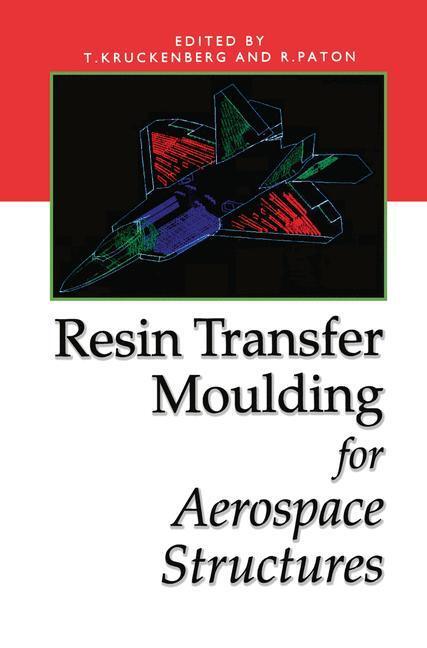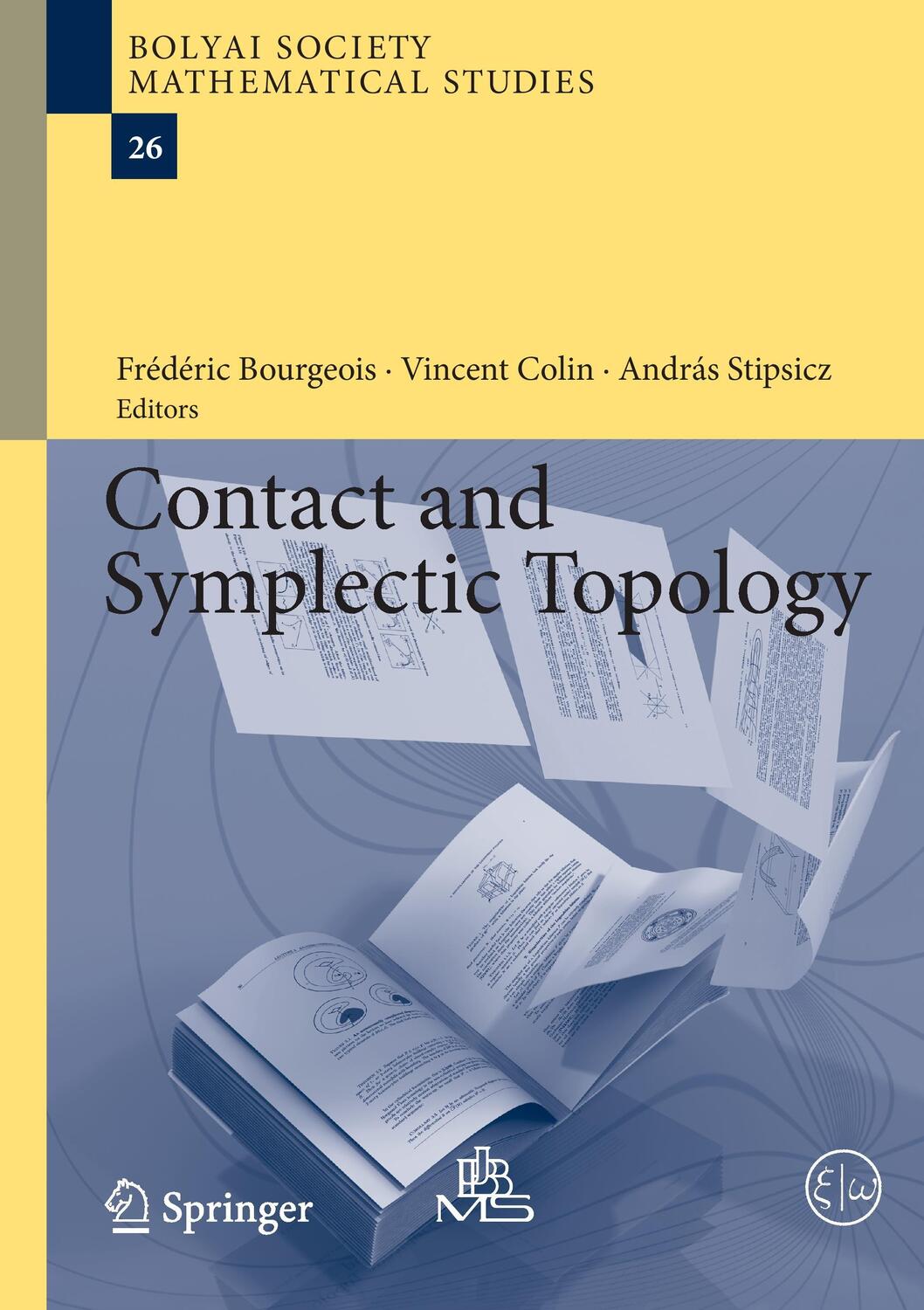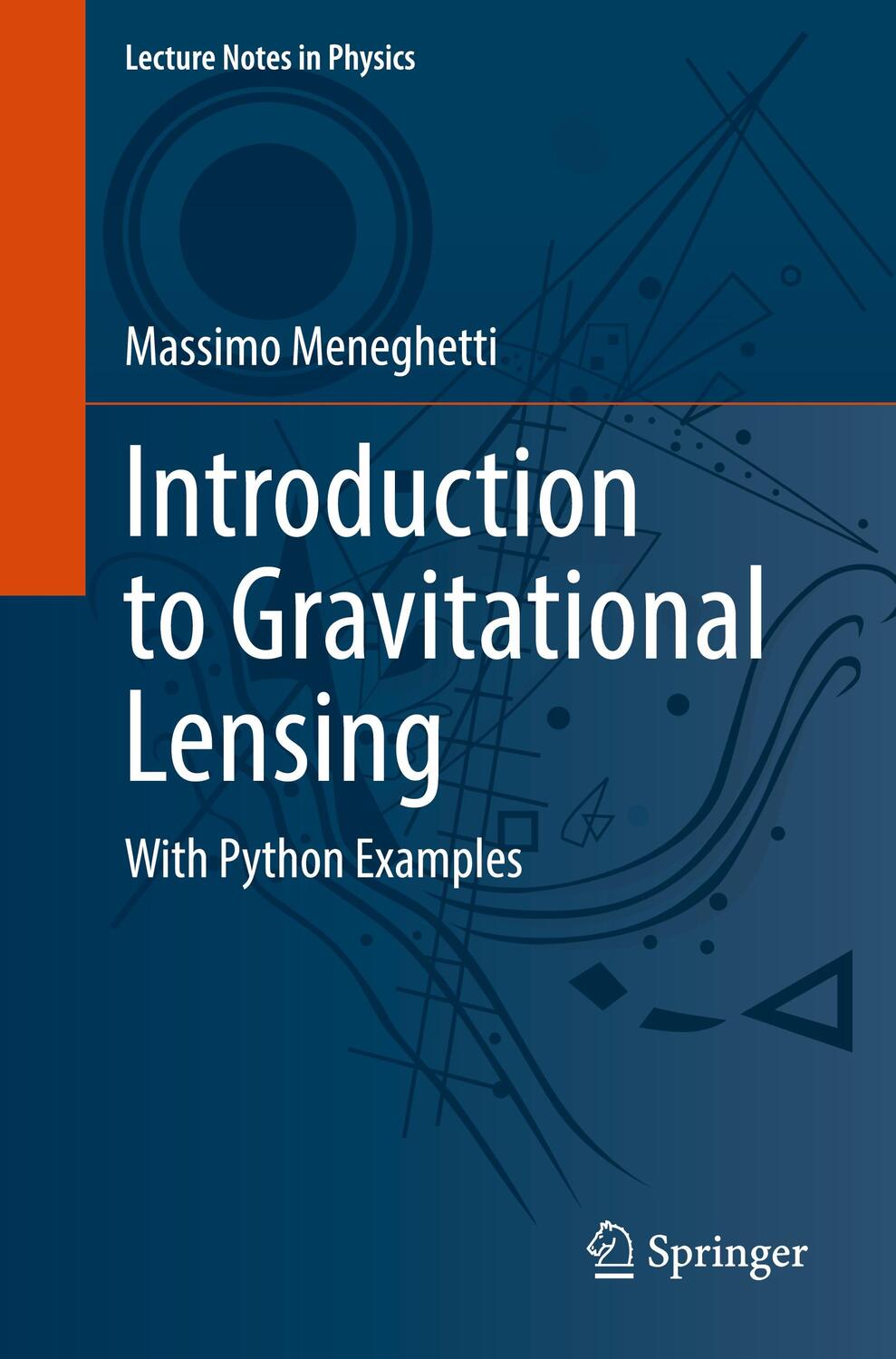Dekorationsartikel gehören nicht zum Leistungsumfang.
Sprache:
Englisch
106,99 €*
Versandkostenfrei per Post / DHL
Aktuell nicht verfügbar
Kategorien:
Beschreibung
One of the principal objects of theoretical research in any department of knowledge is to find the point of view from which the subject appears in its greatest simplicity. J. Willard Gibbs This book is an outgrowth of lectures I have given, on and off over some sixteen years, in graduate courses at the California Institute of Technology, and, in abbreviated form, elsewhere. It is, nevertheless, not meant to be a textbook. I have aimed at a full exposition of the phenomenological theory of linear viscoelastic behavior for the use of the practicing scientist or engineer as well as the academic teacher or student. The book is thus primarily a reference work. In accord with the motto above, I have chosen to describe the theory of linear viscoelastic behavior through the use of the Laplace transformation. The treatment oflinear time-dependent systems in terms of the Laplace transforms of the relations between the excitation add response variables has by now become commonplace in other fields. With some notable exceptions, it has not been widely used in viscoelasticity. I hope that the reader will find this approach useful.
One of the principal objects of theoretical research in any department of knowledge is to find the point of view from which the subject appears in its greatest simplicity. J. Willard Gibbs This book is an outgrowth of lectures I have given, on and off over some sixteen years, in graduate courses at the California Institute of Technology, and, in abbreviated form, elsewhere. It is, nevertheless, not meant to be a textbook. I have aimed at a full exposition of the phenomenological theory of linear viscoelastic behavior for the use of the practicing scientist or engineer as well as the academic teacher or student. The book is thus primarily a reference work. In accord with the motto above, I have chosen to describe the theory of linear viscoelastic behavior through the use of the Laplace transformation. The treatment oflinear time-dependent systems in terms of the Laplace transforms of the relations between the excitation add response variables has by now become commonplace in other fields. With some notable exceptions, it has not been widely used in viscoelasticity. I hope that the reader will find this approach useful.
Inhaltsverzeichnis
1. Introductory Concepts.- 1.0 Introduction.- 1.1 Constitutive Equations.- 1.2 Stress.- 1.3 Strain and Rate of Strain.- 1.4 Purely Elastic Linear Response.- 1.5 Purely Viscous Linear Response.- 1.6 Problems.- References.- 2. Linear Viscoelastic Response.- 2.0 Introduction.- 2.1 Linear Time-dependent Behavior.- 2.2 The Impulse Response Functions.- 2.3 The Step Response Functions.- 2.4 The Slope Response Functions.- 2.5 The Harmonic Response Functions.- 2.6 Excitation and Response in the Time Domain.- 2.7 Problems.- References.- 3. Representation of Linear Viscoelastic Behavior by Series-Parallel Models.- 3.0 Introduction.- 3.1 The Theory of Model Representation.- 3.2 Electromechanical Analogies.- 3.3 The Elementary Rheological Models.- 3.4 Models with the Minimum Number of Elements.- 3.5 Models with Large Numbers of Elements.- 3.6 Model Fitting.- 3.7 Series-Parallel Models and the Operator Equation.- 3.8 Problems.- References.- 4. Representation of Linear Viscoelastic Behavior by Spectral Response Functions.- 4.0 Introduction.- 4.1 The Continuous Spectral Response Functions.- 4.2 Methods for Deriving the Continuous Spectra from the Step Responses.- 4.3 Methods for Deriving the Continuous Spectra from the Harmonic Responses.- 4.4 Comparison of the Approximation to the Continuous Spectra.- 4.5 The Discrete Spectral Response Functions.- 4.6 The Viscoelastic Constants.- 4.7 Problems.- References.- 5. Representation of Linear Viscoelastic Behavior by Ladder Models.- 5.0 Introduction.- 5.1 General Ladder Models.- 5.2 Regular Ladder Models with a Finite Number of Elements: The Gross-Marvin Models.- 5.3 Regular Ladder Models with a Finite Number of Elements: The Regular Converse Ladder Models.- 5.4 Comparison of the Obverse and Converse Regular Ladder Models. Model Fitting.- 5.5Regular Ladder Models with an Infinite Number of Elements.- 5.6 The Continuous Ladder or Material Transmission Line.- 5.7 Problems.- References.- 6. Representation of Linear Viscoelastic Behavior by Mathematical Models.- 6.0 Introduction.- 6.1 Modelling by the Use of Matching Functions.- 6.2 Models Based on Fractional Differentiation (Power Laws).- 6.3 Modelling of the Spectral Response Functions.- 6.4 Problems.- References.- 7. Response to Non-Standard Excitations.- 7.0 Introduction.- 7.1 Response to the Removal or the Reversal of a Stimulus.- 7.2 Response to Repeated Non-Cyclic Excitations.- 7.3 Response to Cyclic Excitations.- 7.4 Approximations to the Spectra from Responses to Non-Standard Excitations.- 7.5 Problems.- References.- 8. Interconversion of the Linear Viscoelastic Functions.- 8.0 Introduction.- 8.1 Interconversion Between Relaxation and Creep Response Functions..- 8.2 Interconversion Between Time- and Frequency-Dependent Response Functions.- 8.3 Interconversion Within the Frequency Domain.- 8.4 Problems.- References.- 9. Energy Storage and Dissipation in a Linear Viscoelastic Material.- 9.0 Introduction.- 9.1 Strain Excitation (Stress Relaxation Behavior).- 9.2 Stress Excitation (Creep Behavior).- 9.3 Hysteresis.- 9.4 Problems.- 9.5 References.- 10. The Modelling of Multimodal Distributions of Respondance Times.- 10.0 Introduction.- 10.1 Bimodal Distributions.- 10.2 Prolongated Unimodal Distributions.- 10.3 Problems.- References.- 11. Linear Viscoelastic Behavior in Different Modes of Deformation.- 11.0 Introduction.- 11.1 The General (Anisotropic) Viscoelastic Stress-Strain Relations.- 11.2 The Isotropic Viscoelastic Stress-Strain Relations.- 11.3 Linear Viscoelastic Behavior of Isotropic Materials in Different Modes of Deformation.- 11.4 Interconversion of the Isotropic Response Functions in Different Modes of Deformation.- 11.5 Problems.- References.- Appendix: Transformation Calculus.- A1 Introduction.- A 2 Special Functions.- A2.1 The Delta Function.- A2.2 The Step Function.- A2.3 The Gate Function.- A2.4 The Slope Function.- A 2.5 The Ramp Function.- A3 The Laplace Transform.- A3.1 Properties.- A 3.1.1 Linearity.- A3.1.2 Uniqueness.- A3.1.3 Translation.- A3.1.4 Real Differentiation.- A3.1.5 Real Integration.- A3.1.6 Real Convolution.- A3.1.7 Limit Values.- A3.1.8 Cut-off. The Finite Laplace Transform.- A3.1.9 Repetition.- A3.2 Inversion.- A3.2.1 The Residue Theorem.- A3.2.2 Inversion on the Real Axis.- A3.3 Laplace Transform Pairs.- A 3.4 The s-Multiplied Laplace Transform (Carson Transform).- A4 The Fourier Transform.- A 4.1 Properties.- A4.2 Inversion.- A 4.3 Generalized Fourier Transforms.- A 4.4 Generalized Fourier Transform Pairs.- A 5 The Stieltjes Transform.- A5.1 Properties.- A 5.2 Inversion.- A 5.2.1 The Jump.- A 5.2.2 Inversion on the Real Axis.- A5.3 The Fourier-Laplace Transform.- A 5.4 Stieltjes Transform Pairs.- A 6 The Hilbert Transform.- A 6.1 Inversion.- References.- Solutions to Problems.- 1.- 2.- 3.- 4.- 5.- 6.- 7.- 8.- 9.- 10.- 11.- Epilogue.- Notes on Quotations.- List of Symbols.- Author Index.
Details
| Medium: | Taschenbuch |
|---|---|
| Seiten: | 800 |
| Inhalt: |
xxv
769 S. |
| ISBN-13: | 9783642736049 |
| ISBN-10: | 3642736041 |
| Sprache: | Englisch |
| Ausstattung / Beilage: | Paperback |
| Einband: | Kartoniert / Broschiert |
| Autor: | Tschoegl, Nicholas W. |
| Illustrator: | Tschoegl, Christopher A. |
| Auflage: | Softcover reprint of the original 1st ed. 1989 |
| Hersteller: |
Springer Berlin
Springer Berlin Heidelberg |
| Maße: | 244 x 170 x 43 mm |
| Von/Mit: | Nicholas W. Tschoegl |
| Erscheinungsdatum: | 10.12.2011 |
| Gewicht: | 1,353 kg |
Inhaltsverzeichnis
1. Introductory Concepts.- 1.0 Introduction.- 1.1 Constitutive Equations.- 1.2 Stress.- 1.3 Strain and Rate of Strain.- 1.4 Purely Elastic Linear Response.- 1.5 Purely Viscous Linear Response.- 1.6 Problems.- References.- 2. Linear Viscoelastic Response.- 2.0 Introduction.- 2.1 Linear Time-dependent Behavior.- 2.2 The Impulse Response Functions.- 2.3 The Step Response Functions.- 2.4 The Slope Response Functions.- 2.5 The Harmonic Response Functions.- 2.6 Excitation and Response in the Time Domain.- 2.7 Problems.- References.- 3. Representation of Linear Viscoelastic Behavior by Series-Parallel Models.- 3.0 Introduction.- 3.1 The Theory of Model Representation.- 3.2 Electromechanical Analogies.- 3.3 The Elementary Rheological Models.- 3.4 Models with the Minimum Number of Elements.- 3.5 Models with Large Numbers of Elements.- 3.6 Model Fitting.- 3.7 Series-Parallel Models and the Operator Equation.- 3.8 Problems.- References.- 4. Representation of Linear Viscoelastic Behavior by Spectral Response Functions.- 4.0 Introduction.- 4.1 The Continuous Spectral Response Functions.- 4.2 Methods for Deriving the Continuous Spectra from the Step Responses.- 4.3 Methods for Deriving the Continuous Spectra from the Harmonic Responses.- 4.4 Comparison of the Approximation to the Continuous Spectra.- 4.5 The Discrete Spectral Response Functions.- 4.6 The Viscoelastic Constants.- 4.7 Problems.- References.- 5. Representation of Linear Viscoelastic Behavior by Ladder Models.- 5.0 Introduction.- 5.1 General Ladder Models.- 5.2 Regular Ladder Models with a Finite Number of Elements: The Gross-Marvin Models.- 5.3 Regular Ladder Models with a Finite Number of Elements: The Regular Converse Ladder Models.- 5.4 Comparison of the Obverse and Converse Regular Ladder Models. Model Fitting.- 5.5Regular Ladder Models with an Infinite Number of Elements.- 5.6 The Continuous Ladder or Material Transmission Line.- 5.7 Problems.- References.- 6. Representation of Linear Viscoelastic Behavior by Mathematical Models.- 6.0 Introduction.- 6.1 Modelling by the Use of Matching Functions.- 6.2 Models Based on Fractional Differentiation (Power Laws).- 6.3 Modelling of the Spectral Response Functions.- 6.4 Problems.- References.- 7. Response to Non-Standard Excitations.- 7.0 Introduction.- 7.1 Response to the Removal or the Reversal of a Stimulus.- 7.2 Response to Repeated Non-Cyclic Excitations.- 7.3 Response to Cyclic Excitations.- 7.4 Approximations to the Spectra from Responses to Non-Standard Excitations.- 7.5 Problems.- References.- 8. Interconversion of the Linear Viscoelastic Functions.- 8.0 Introduction.- 8.1 Interconversion Between Relaxation and Creep Response Functions..- 8.2 Interconversion Between Time- and Frequency-Dependent Response Functions.- 8.3 Interconversion Within the Frequency Domain.- 8.4 Problems.- References.- 9. Energy Storage and Dissipation in a Linear Viscoelastic Material.- 9.0 Introduction.- 9.1 Strain Excitation (Stress Relaxation Behavior).- 9.2 Stress Excitation (Creep Behavior).- 9.3 Hysteresis.- 9.4 Problems.- 9.5 References.- 10. The Modelling of Multimodal Distributions of Respondance Times.- 10.0 Introduction.- 10.1 Bimodal Distributions.- 10.2 Prolongated Unimodal Distributions.- 10.3 Problems.- References.- 11. Linear Viscoelastic Behavior in Different Modes of Deformation.- 11.0 Introduction.- 11.1 The General (Anisotropic) Viscoelastic Stress-Strain Relations.- 11.2 The Isotropic Viscoelastic Stress-Strain Relations.- 11.3 Linear Viscoelastic Behavior of Isotropic Materials in Different Modes of Deformation.- 11.4 Interconversion of the Isotropic Response Functions in Different Modes of Deformation.- 11.5 Problems.- References.- Appendix: Transformation Calculus.- A1 Introduction.- A 2 Special Functions.- A2.1 The Delta Function.- A2.2 The Step Function.- A2.3 The Gate Function.- A2.4 The Slope Function.- A 2.5 The Ramp Function.- A3 The Laplace Transform.- A3.1 Properties.- A 3.1.1 Linearity.- A3.1.2 Uniqueness.- A3.1.3 Translation.- A3.1.4 Real Differentiation.- A3.1.5 Real Integration.- A3.1.6 Real Convolution.- A3.1.7 Limit Values.- A3.1.8 Cut-off. The Finite Laplace Transform.- A3.1.9 Repetition.- A3.2 Inversion.- A3.2.1 The Residue Theorem.- A3.2.2 Inversion on the Real Axis.- A3.3 Laplace Transform Pairs.- A 3.4 The s-Multiplied Laplace Transform (Carson Transform).- A4 The Fourier Transform.- A 4.1 Properties.- A4.2 Inversion.- A 4.3 Generalized Fourier Transforms.- A 4.4 Generalized Fourier Transform Pairs.- A 5 The Stieltjes Transform.- A5.1 Properties.- A 5.2 Inversion.- A 5.2.1 The Jump.- A 5.2.2 Inversion on the Real Axis.- A5.3 The Fourier-Laplace Transform.- A 5.4 Stieltjes Transform Pairs.- A 6 The Hilbert Transform.- A 6.1 Inversion.- References.- Solutions to Problems.- 1.- 2.- 3.- 4.- 5.- 6.- 7.- 8.- 9.- 10.- 11.- Epilogue.- Notes on Quotations.- List of Symbols.- Author Index.
Details
| Medium: | Taschenbuch |
|---|---|
| Seiten: | 800 |
| Inhalt: |
xxv
769 S. |
| ISBN-13: | 9783642736049 |
| ISBN-10: | 3642736041 |
| Sprache: | Englisch |
| Ausstattung / Beilage: | Paperback |
| Einband: | Kartoniert / Broschiert |
| Autor: | Tschoegl, Nicholas W. |
| Illustrator: | Tschoegl, Christopher A. |
| Auflage: | Softcover reprint of the original 1st ed. 1989 |
| Hersteller: |
Springer Berlin
Springer Berlin Heidelberg |
| Maße: | 244 x 170 x 43 mm |
| Von/Mit: | Nicholas W. Tschoegl |
| Erscheinungsdatum: | 10.12.2011 |
| Gewicht: | 1,353 kg |
Warnhinweis












